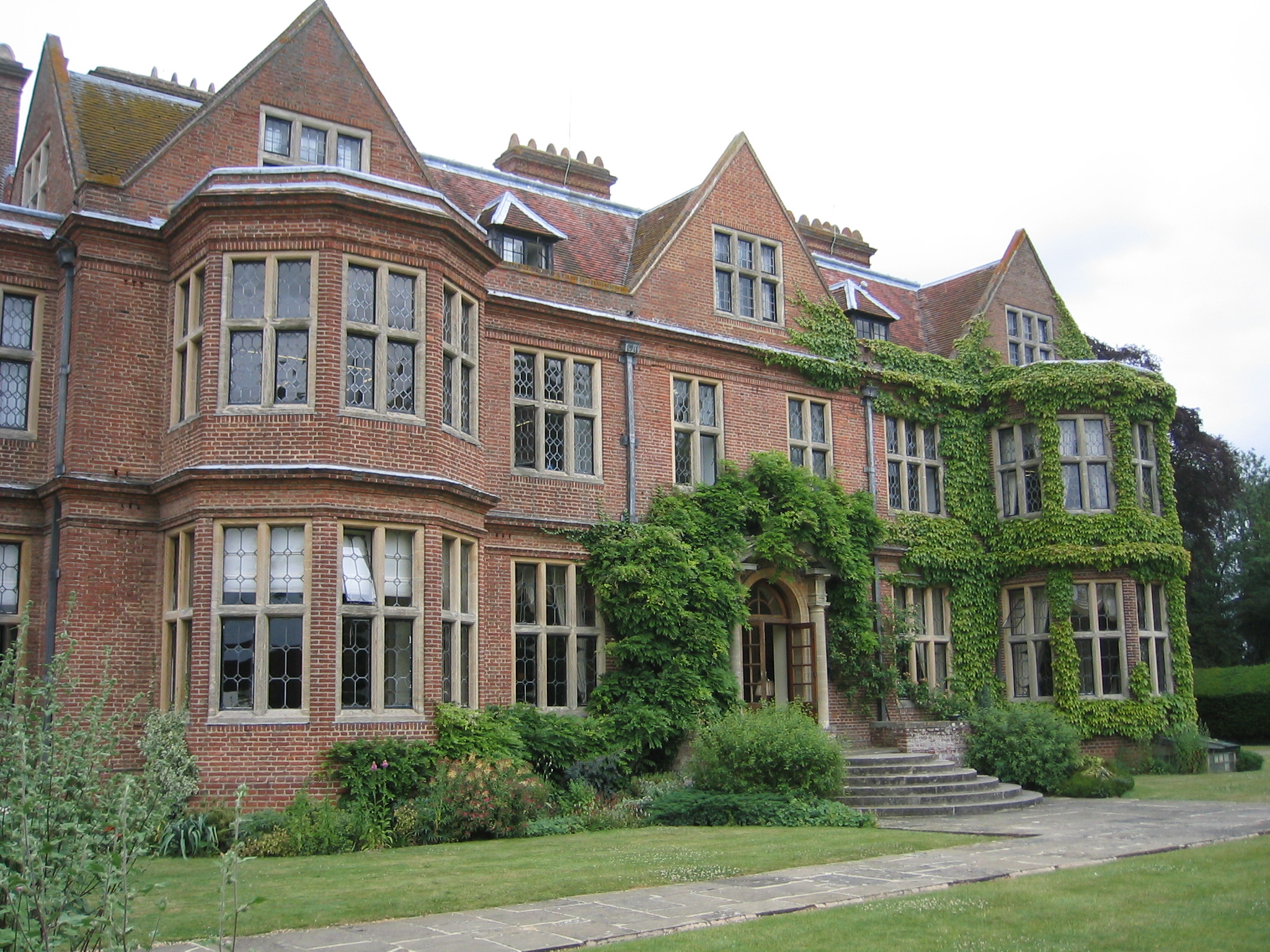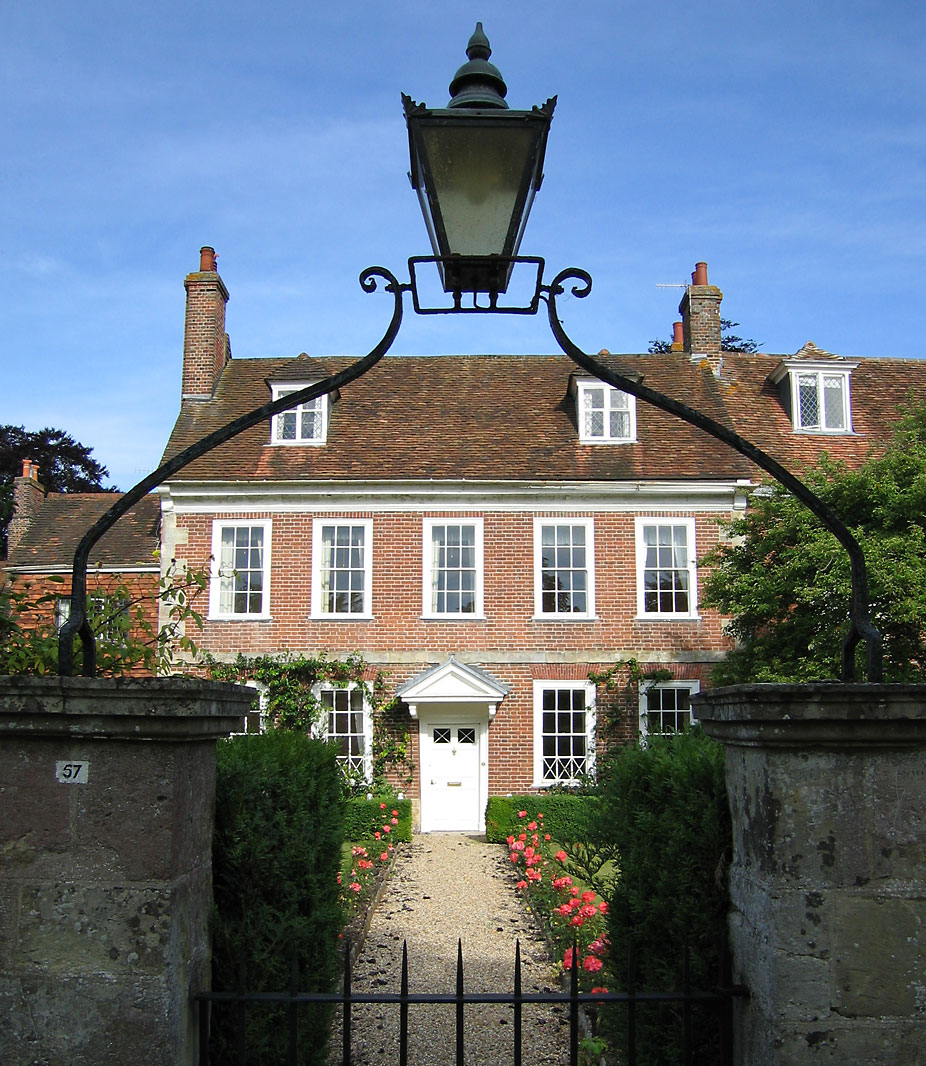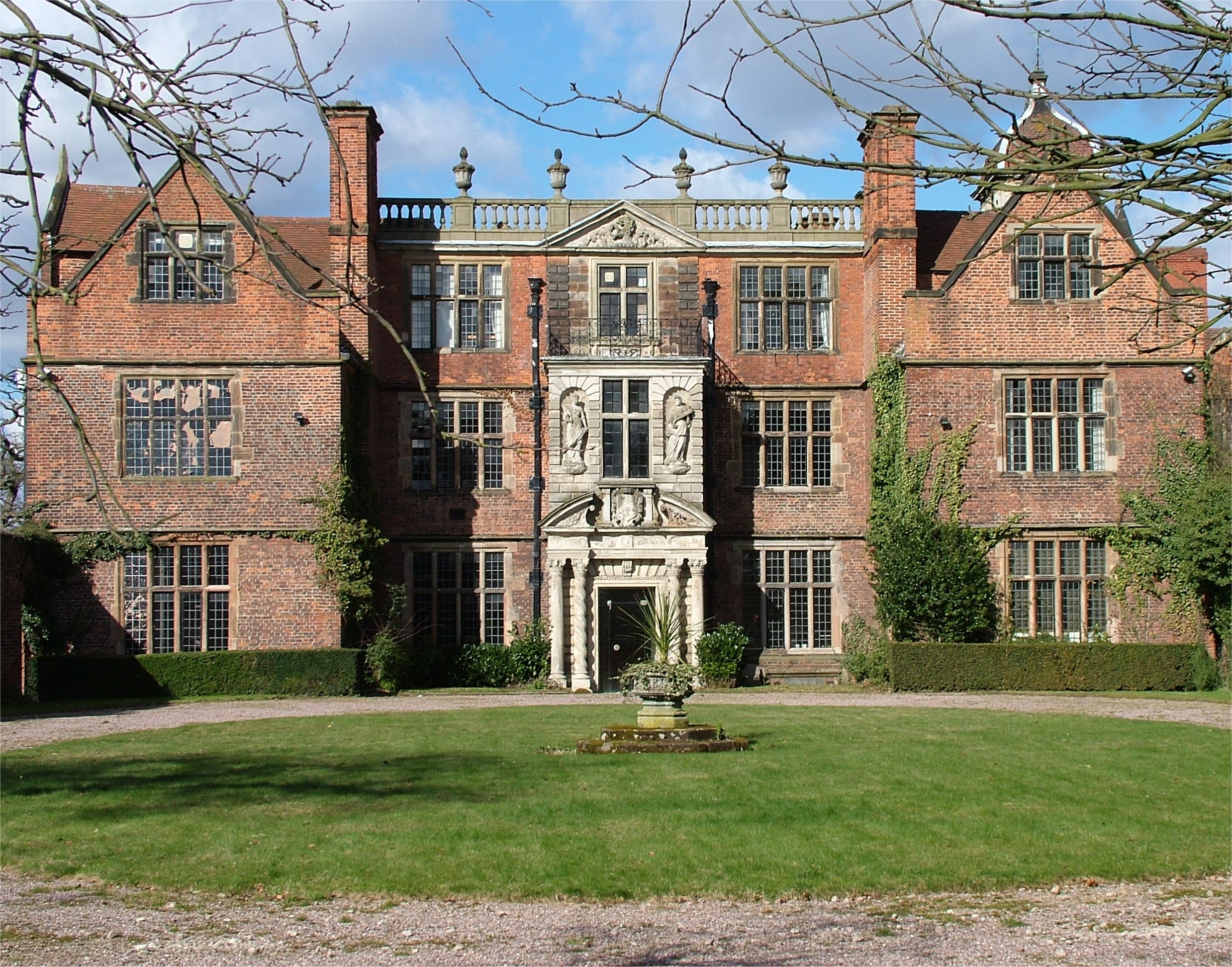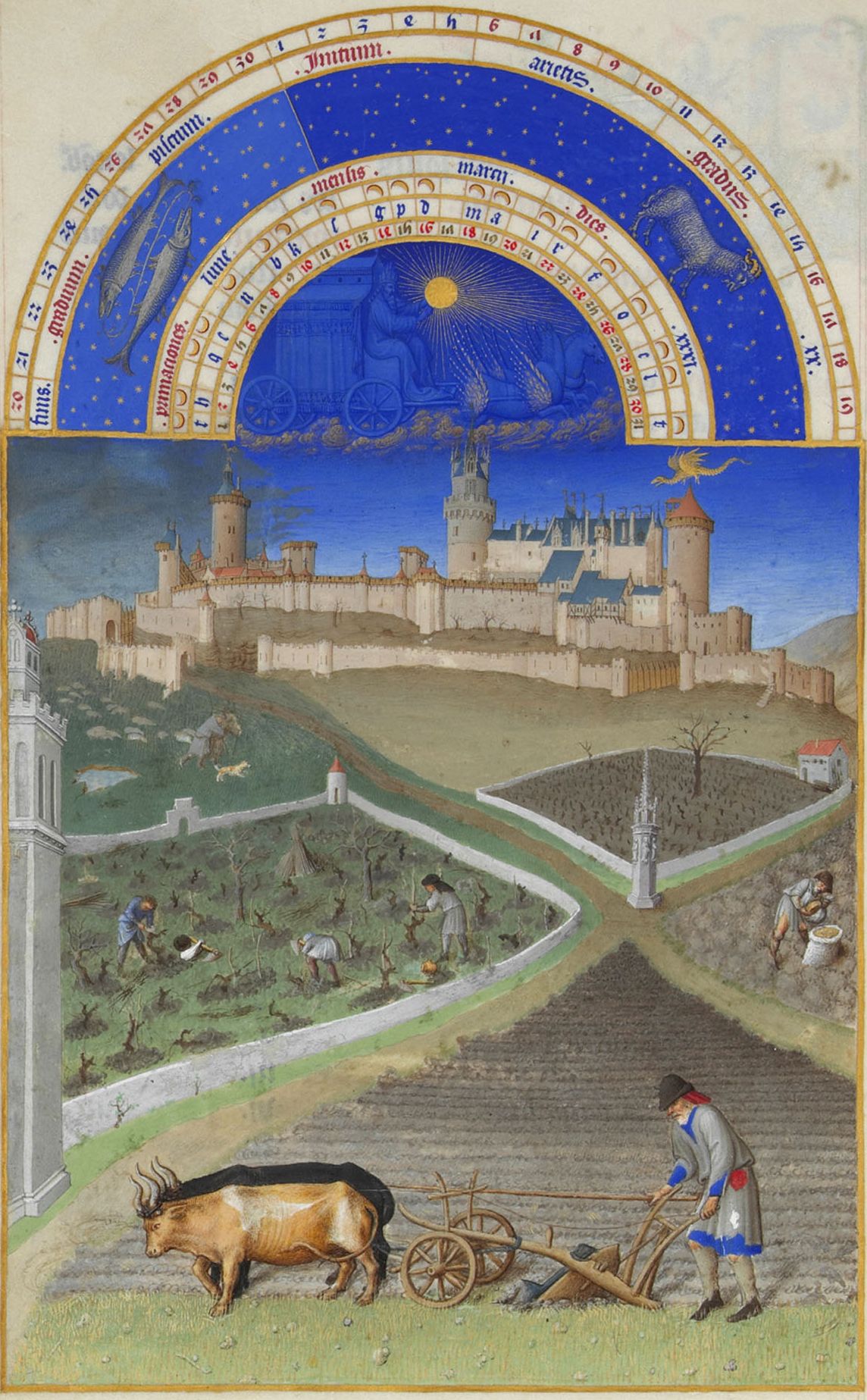|
Woodcote, Oxfordshire
Woodcote is a village and civil parish in South Oxfordshire, about southeast of Wallingford and about northwest of Reading, Berkshire. It is in the Chiltern Hills, and the highest part of the village is above sea level. Woodcote lies between the Goring Road and the A4074. It is centred on the village green and Church Farm, with the village hall centred on the crossroads. History Prehistoric artefacts have been found in the area, including a polished hand-axe from about 3000 BC found in the nearby hamlet of Exlade Street and on show in Reading Museum and a 28 cm carved stone head Romano-Celtic, probably 1st–2nd century, with typical protruding eyes, exaggerated lips and flattened nose. The folds of skin on the neck and musculature at the back of the head have been carefully detailed. It is of white oolite limestone, and was found at Wayside Green, Woodcote, and is now in Reading Museum (Ref 401-78). The toponym Woodcote means "cottage in the wood".Lobel, 1962, pages 9 ... [...More Info...] [...Related Items...] OR: [Wikipedia] [Google] [Baidu] |
United Kingdom Census 2001
A nationwide census, known as Census 2001, was conducted in the United Kingdom on Sunday, 29 April 2001. This was the 20th UK census and recorded a resident population of 58,789,194. The 2001 UK census was organised by the Office for National Statistics (ONS) in England and Wales, the General Register Office for Scotland (GROS) and the Northern Ireland Statistics and Research Agency (NISRA). Detailed results by region, council area, ward and output area are available from their respective websites. Organisation Similar to previous UK censuses, the 2001 census was organised by the three statistical agencies, ONS, GROS, and NISRA, and coordinated at the national level by the Office for National Statistics. The Orders in Council to conduct the census, specifying the people and information to be included in the census, were made under the authority of the Census Act 1920 in Great Britain, and the Census Act (Northern Ireland) 1969 in Northern Ireland. In England and Wales the ... [...More Info...] [...Related Items...] OR: [Wikipedia] [Google] [Baidu] |
Eynsham Abbey
Eynsham Abbey was a Benedictine monastery in Eynsham, Oxfordshire, in England between 1005 and 1538. King Æthelred allowed Æthelmær the Stout to found the abbey in 1005. There is some evidence that the abbey was built on the site of an earlier minster, probably founded in the 7th or 8th centuries. The site is a Scheduled Historic Monument. History The first abbot of the abbey was the prolific writer Ælfric (c. 955–c. 1010) and the abbey was established in 1005. Eynsham Abbey was in the Diocese of Dorchester. In 1072 the recently appointed Norman Bishop of Dorchester, Remigius, moved his see from Dorchester, a few miles down the Thames from Eynsham, to Lincoln, at the other end of the diocese. In 1091 Remigius annexed Eynsham Abbey, with its revenues, to his new abbey at Stow in Lincolnshire. This may have been the opening move in an attempt to introduce monks into the Lincoln cathedral chapter, but Remigius' successor, Robert Bloet, did not follow through wit ... [...More Info...] [...Related Items...] OR: [Wikipedia] [Google] [Baidu] |
Open Field System
The open-field system was the prevalent agricultural system in much of Europe during the Middle Ages and lasted into the 20th century in Russia, Iran, and Turkey. Each manor or village had two or three large fields, usually several hundred acres each, which were divided into many narrow strips of land. The strips or selions were cultivated by peasants, often called tenants or serfs. The holdings of a manor also included woodland and pasture areas for common usage and fields belonging to the lord of the manor and the religious authorities, usually Roman Catholics in medieval Western Europe. The farmers customarily lived in separate houses in a nucleated village with a much larger manor house and church nearby. The open-field system necessitated co-operation among the residents of the manor. The Lord of the Manor, his officials, and a manorial court administered the manor and exercised jurisdiction over the peasantry. The Lord levied rents and required the peasantry to work on h ... [...More Info...] [...Related Items...] OR: [Wikipedia] [Google] [Baidu] |
St Leonard
Leonard of Noblac (also Leonard of Limoges or Leonard of Noblet; also known as Lienard, Linhart, Leonhard, Léonard, Leonardo, Annard; died 559), is a Frankish saint closely associated with the town and abbey of Saint-Léonard-de-Noblat, in Haute-Vienne, in the Limousin region of France. He was converted to Christianity along with the king, at Christmas 496. Leonard became a hermit in the forest of Limousin, where he gathered a number of followers. Leonard or Lienard became one of the most venerated saints of the late Middle Ages. His intercession was credited with miracles for the release of prisoners, women in labour and the diseases of cattle. Traditional biography According to the romance that accrued to his name, recorded in an 11th-century ''vita'', Leonard was a Frankish noble in the court of Clovis I, founder of the Merovingian dynasty. Saint Remigius, Bishop of Reims was his godfather. [...More Info...] [...Related Items...] OR: [Wikipedia] [Google] [Baidu] |
Independent School
An independent school is independent in its finances and governance. Also known as private schools, non-governmental, privately funded, or non-state schools, they are not administered by local, state or national governments. In British English, an independent school usually refers to a school which is endowed, i.e. held by a trust, charity, or foundation, while a private school is one that is privately owned. Independent schools are usually not dependent upon national or local government to finance their financial endowment. They typically have a board of governors who are elected independently of government and have a system of governance that ensures their independent operation. Children who attend such schools may be there because they (or their parents) are dissatisfied with government-funded schools (in UK state schools) in their area. They may be selected for their academic prowess, prowess in other fields, or sometimes their religious background. Private schoo ... [...More Info...] [...Related Items...] OR: [Wikipedia] [Google] [Baidu] |
Roman Catholic Church
The Catholic Church, also known as the Roman Catholic Church, is the largest Christian church, with 1.3 billion baptized Catholics worldwide . It is among the world's oldest and largest international institutions, and has played a prominent role in the history and development of Western civilization. O'Collins, p. v (preface). The church consists of 24 ''sui iuris'' churches, including the Latin Church and 23 Eastern Catholic Churches, which comprise almost 3,500 dioceses and eparchies located around the world. The pope, who is the bishop of Rome, is the chief pastor of the church. The bishopric of Rome, known as the Holy See, is the central governing authority of the church. The administrative body of the Holy See, the Roman Curia, has its principal offices in Vatican City, a small enclave of the Italian city of Rome, of which the pope is head of state. The core beliefs of Catholicism are found in the Nicene Creed. The Catholic Church teaches that it is t ... [...More Info...] [...Related Items...] OR: [Wikipedia] [Google] [Baidu] |
The Oratory School
The Oratory School () is an HMC Co-educational independent Roman Catholic day and boarding school for pupils aged 11–18 located in Woodcote, north-west of Reading. Founded in 1859 by Saint John Henry Newman, The Oratory has historical ties to the Birmingham Oratory and the London Oratory School. Although a separate entity from the nearby Oratory Preparatory School, it shares a common history. Newman founded the school with the intention of providing boys with a Roman Catholic alternative to Eton College. According to the '' Good Schools Guide'' (last review: Oct 2021), the school is “an active choice for families looking for a small, nurturing environment... Parents tell us - ‘it’s like a new school'; ‘we all want to be on board... With excellent leadership and now girls on board, too, The Oratory seems to be thriving." The Oratory has received the highest grade of 'Excellent' for both Independent Schools Inspectorate (ISI Report: Nov 2021) categories: pupils’ ac ... [...More Info...] [...Related Items...] OR: [Wikipedia] [Google] [Baidu] |
Detmar Blow
Detmar Jellings Blow (24 November 1867 – 7 February 1939) was a British architect of the early 20th century, who designed principally in the Arts and Crafts movement, arts and crafts style. His clients belonged chiefly to the British aristocracy, and later he became estates manager to the Hugh Grosvenor, 2nd Duke of Westminster, Duke of Westminster. The fiction that he was a descendant of the English restoration composer John Blow was started in 1910 by Detmar Blow's wife Winifred, a member of the aristocratic Tollemache family, as a means of obtaining a licence from St Paul's Cathedral for the marriage of herself and Detmar. Life and career Son of Jellings Blow, of Hilles, Stroud, Gloucestershire, Blow was one of the last disciples of John Ruskin, whom as a young man he had accompanied on his last journey abroad. Detmar was friends with the George Wyndham, Wyndham family, who at their country house Clouds House, Clouds in Wiltshire created a salon frequented by many of the l ... [...More Info...] [...Related Items...] OR: [Wikipedia] [Google] [Baidu] |
English Country House
An English country house is a large house or mansion in the English countryside. Such houses were often owned by individuals who also owned a town house. This allowed them to spend time in the country and in the city—hence, for these people, the term distinguished between town and country. However, the term also encompasses houses that were, and often still are, the full-time residence for the landed gentry who ruled rural Britain until the Reform Act 1832. Frequently, the formal business of the counties was transacted in these country houses, having functional antecedents in manor houses. With large numbers of indoor and outdoor staff, country houses were important as places of employment for many rural communities. In turn, until the agricultural depressions of the 1870s, the estates, of which country houses were the hub, provided their owners with incomes. However, the late 19th and early 20th centuries were the swansong of the traditional English country house lifest ... [...More Info...] [...Related Items...] OR: [Wikipedia] [Google] [Baidu] |
Georgian Architecture
Georgian architecture is the name given in most English-speaking countries to the set of architectural styles current between 1714 and 1830. It is named after the first four British monarchs of the House of Hanover— George I, George II, George III, and George IV—who reigned in continuous succession from August 1714 to June 1830. The so-called great Georgian cities of the British Isles were Edinburgh, Bath, pre-independence Dublin, and London, and to a lesser extent York and Bristol. The style was revived in the late 19th century in the United States as Colonial Revival architecture and in the early 20th century in Great Britain as Neo-Georgian architecture; in both it is also called Georgian Revival architecture. In the United States the term "Georgian" is generally used to describe all buildings from the period, regardless of style; in Britain it is generally restricted to buildings that are "architectural in intention", and have stylistic characteristics that are ty ... [...More Info...] [...Related Items...] OR: [Wikipedia] [Google] [Baidu] |
Jacobean Architecture
The Jacobean style is the second phase of Renaissance architecture in England, following the Elizabethan style. It is named after King James VI and I, with whose reign (1603–1625 in England) it is associated. At the start of James' reign there was little stylistic break in architecture, as Elizabethan trends continued their development. However, his death in 1625 came as a decisive change towards more classical architecture, with Italian influence, was in progress, led by Inigo Jones; the style this began is sometimes called Stuart architecture, or English Baroque (though the latter term may be regarded as starting later). Courtiers continued to build large prodigy houses, even though James spent less time on summer progresses round his realm than Elizabeth had. The influence of Flemish and German Northern Mannerism increased, now often executed by immigrant craftsmen and artists, rather than obtained from books as in the previous reign. There continued to be very little ... [...More Info...] [...Related Items...] OR: [Wikipedia] [Google] [Baidu] |
Manorialism
Manorialism, also known as the manor system or manorial system, was the method of land ownership (or " tenure") in parts of Europe, notably France and later England, during the Middle Ages. Its defining features included a large, sometimes fortified manor house in which the lord of the manor and his dependents lived and administered a rural estate, and a population of labourers who worked the surrounding land to support themselves and the lord. These labourers fulfilled their obligations with labour time or in-kind produce at first, and later by cash payment as commercial activity increased. Manorialism is sometimes included as part of the feudal system. Manorialism originated in the Roman villa system of the Late Roman Empire, and was widely practiced in medieval western Europe and parts of central Europe. An essential element of feudal society, manorialism was slowly replaced by the advent of a money-based market economy and new forms of agrarian contract. In examining ... [...More Info...] [...Related Items...] OR: [Wikipedia] [Google] [Baidu] |


.jpg)

.jpg)


